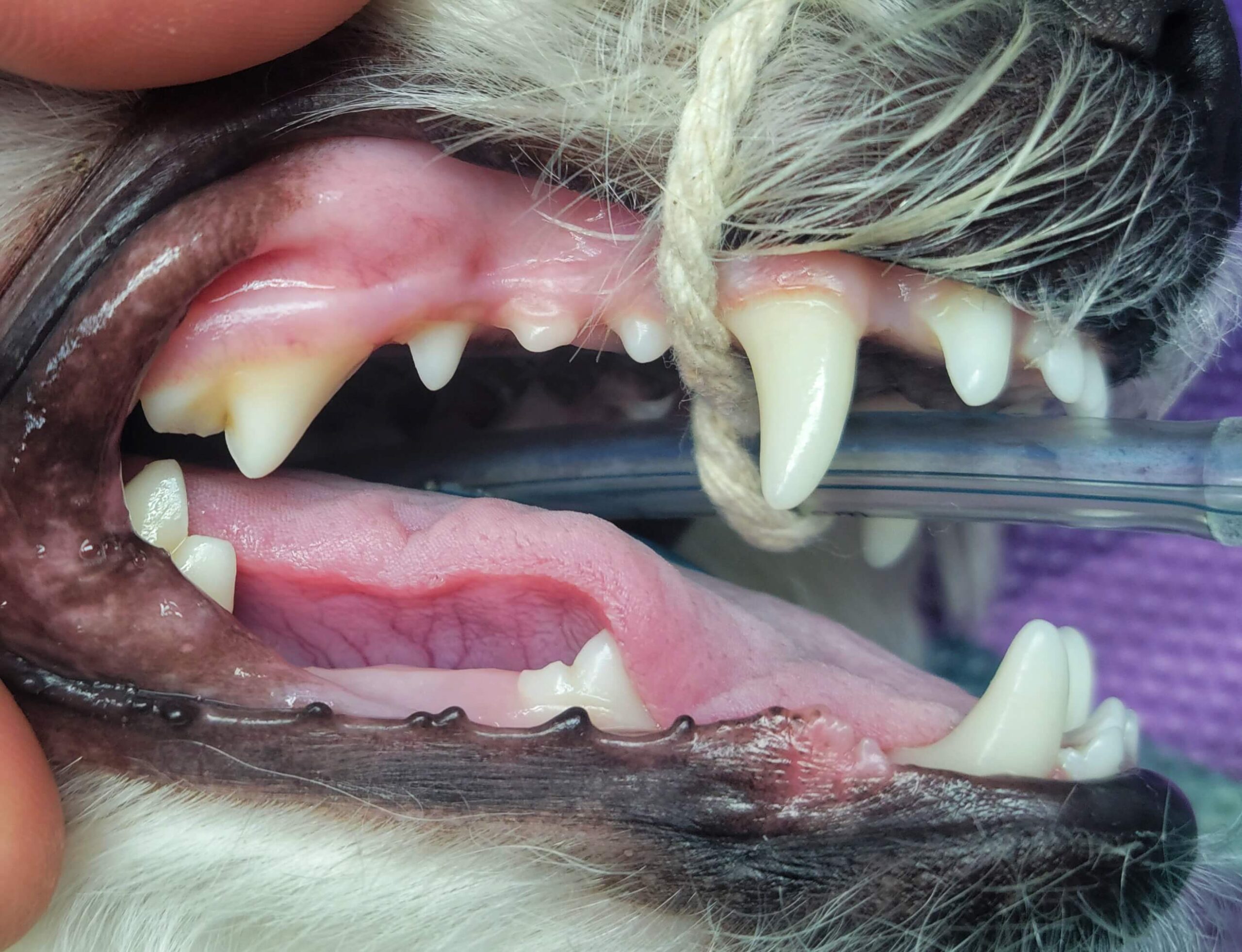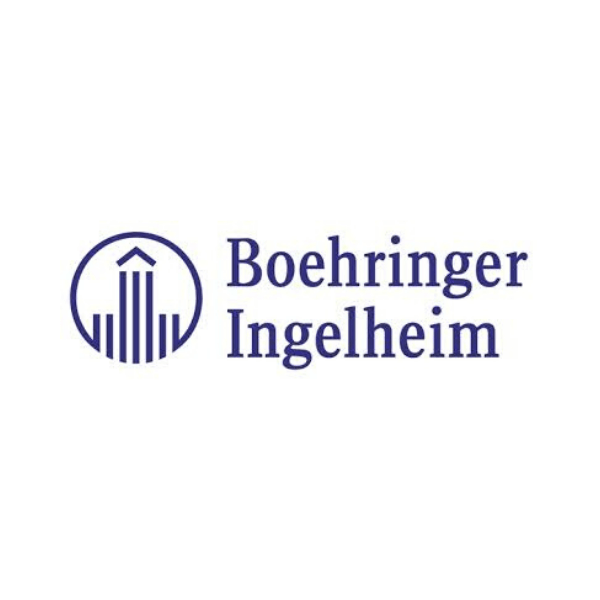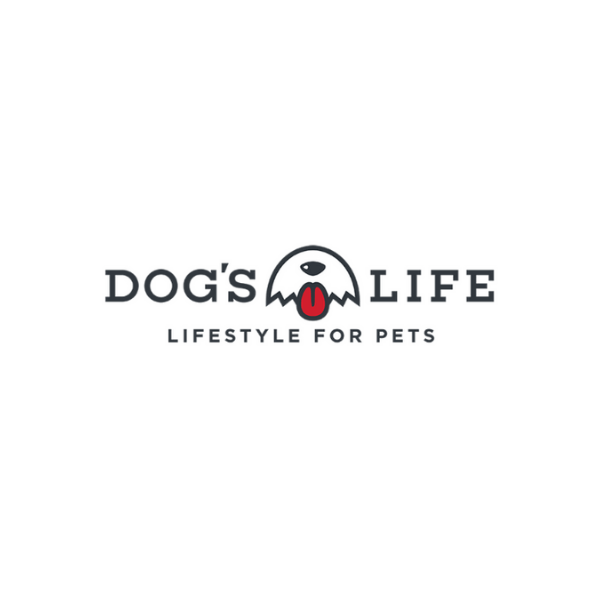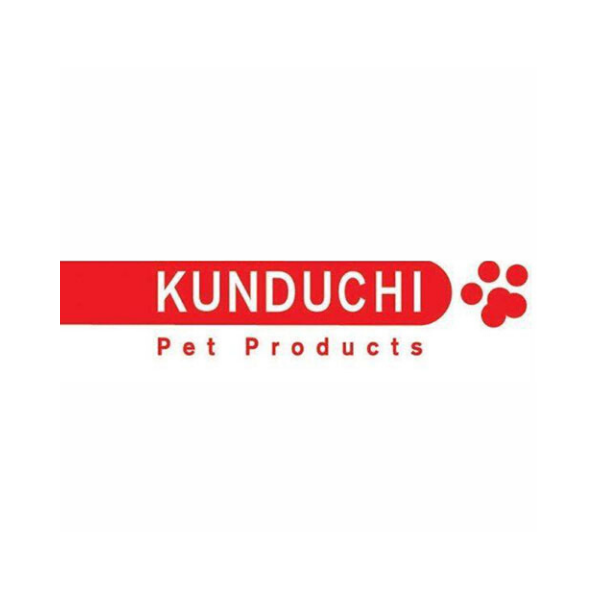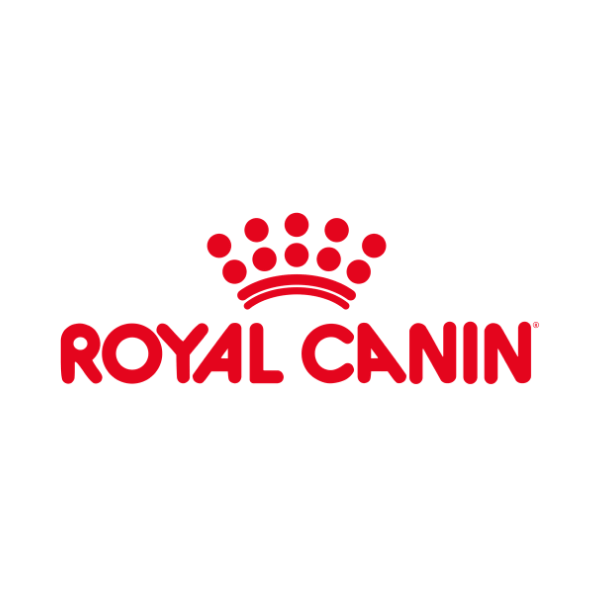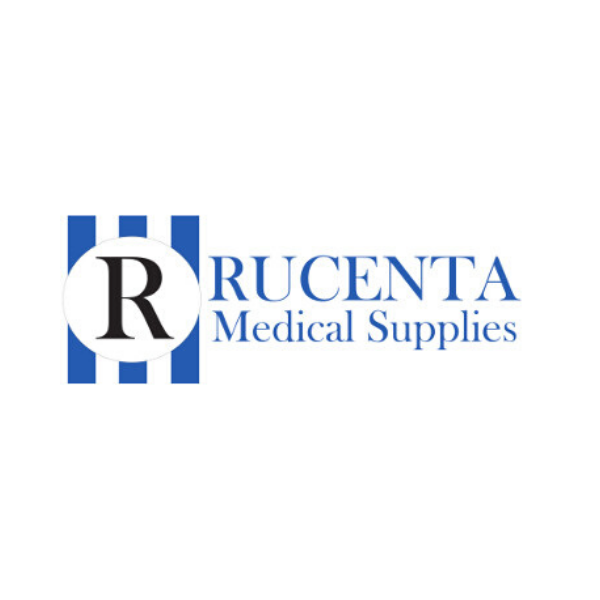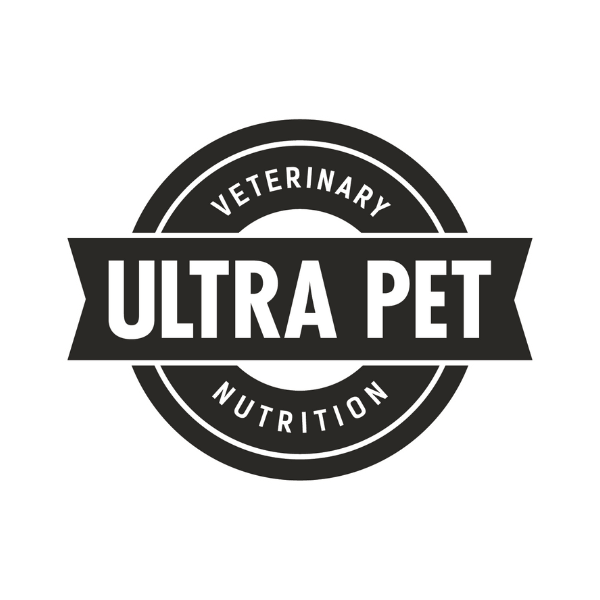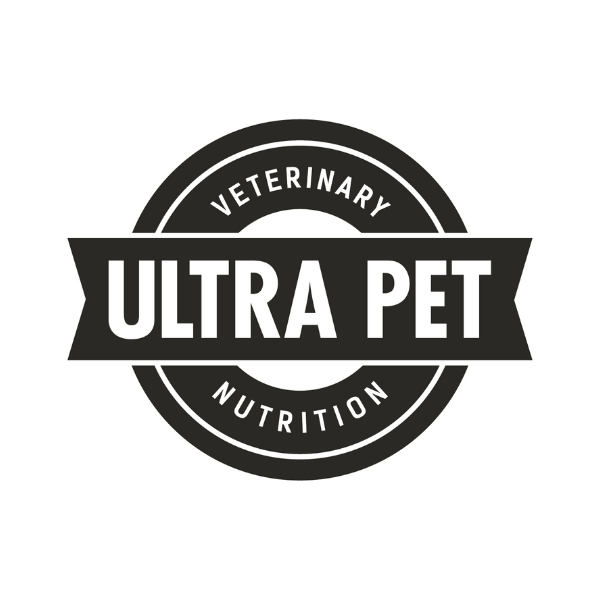It’s no surprise that, out of all the members of our family, our pets’ dental care is the most neglected. They cannot brush their teeth or floss and this goes on, in many cases, for years.
Dental care forms as important a part of primary animal healthcare as vaccinations or sterilisations. And, as with vaccinations and sterilisations, neglecting to pay attention to dental health can, and will, have disastrous and extremely painful results.
This is one of the primary reasons that teeth are pulled when you bring your pet in for a dental cleaning.
It is important to address the problem before it progresses too far.
In a normal mouth, teeth are white, or near white, and the gums attach smoothly to each tooth. Plaque is collected on the tooth daily, but is brushed and flossed away. This ensures it never mineralises to tartar.
Tartar is solid and gritty; it is also filled with bacteria. This stops the natural mechanism of tooth cleaning and leads to tenderness and inflammation around the tooth and gum.
This process eventually leads to periodontal disease.
What Is Periodontal Disease?
Periodontal disease is a disease around the outside of the tooth. The gum around the tooth forms pockets due to loose ligaments that are supposed to keep the tooth firmly in place. Food, grass, hair and subsequently bacteria fill those pockets. This leads to infection, even more pain, inflammation, and eventually severe gum recession from the base of the tooth.
Severe tartar build-up compromises blood flow to the tooth and destroys the integrity of the root of the tooth. This also compromises bone in which the tooth sits.
Bone loss and severe periodontitis, once it has begun, cannot be reversed. This is why many teeth need to be removed, but this also increases the risk of jaw fractures due to severely compromised bone. Rotten teeth that are no longer attached to the gum and that are filled with bacteria and tartar cause an unimaginable amount of pain. Those teeth that simply cannot be saved need to be removed entirely in order for your pet to be pain free.
Some common reasons for tooth extractions include:
- severe periodontal disease,
- broken teeth,
- severe gum recession and tooth resorption,
- certain inflammatory conditions and advanced caries/cavities.
In young dogs and cats, deciduous teeth, or persistent baby teeth, are also strong indicators for tooth extraction.
Believe when we say, we would love to save as many teeth as we can during a dental, but we would much rather have your pets be happy and pain free. If removing a tooth can do that, then that is indication enough.
Not to mention, all that bacteria sitting in the mouth gets transported to other areas of the body, leading to secondary infections or abnormalities of the heart, liver and kidneys. Virtually anywhere where the blood flows…
If these facts aren’t enough to scare any pet owner into action, then we don’t know what is.
The best way to prevent these things from happening is to start home dental care from the early stages of your pet’s life.
This includes brushing your pet’s teeth at least twice weekly, using oral gels and wipes, providing safe dental treats and chews and perhaps even considering putting your pet on a dental specific diet.
Remember, do not neglect your pet’s dental health. Imagine how you would feel if you don’t bush your own teeth for 10 years…
For more information on pet dental care, visit our blog: https://kimvet.co.za/dental-disease-in-pets/
or the trusted petMD website: https://www.petmd.com/dog/grooming/evr_dg_oral_hygiene_and_your_dogs_health

